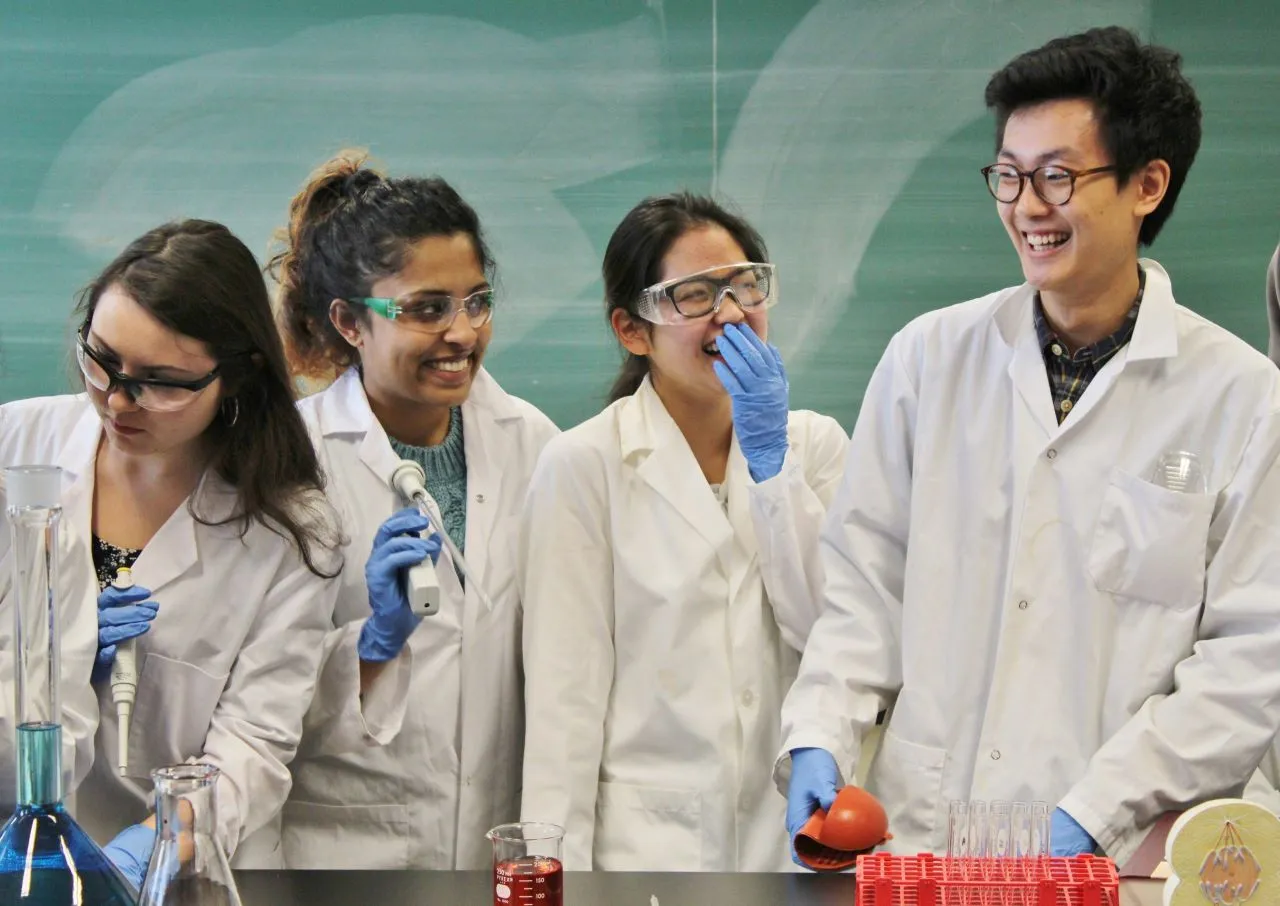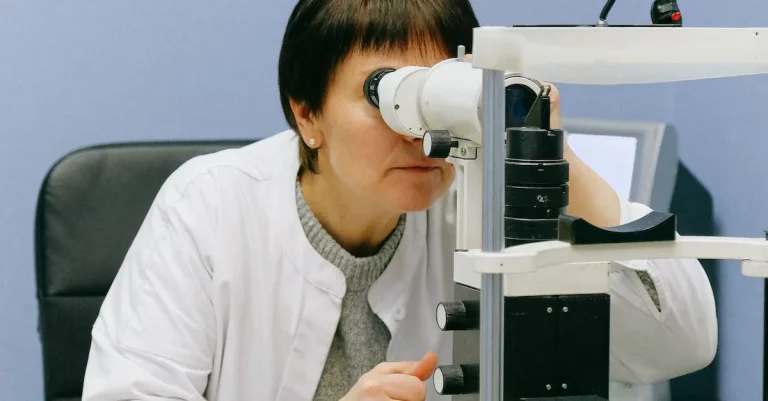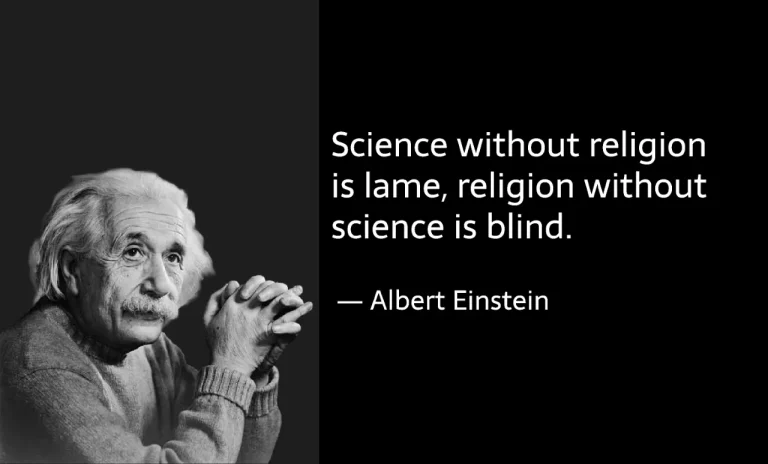Pure Science Vs Applied Science: A Comprehensive Comparison
Science plays a vital role in society, but not all science is created equal. Understanding the difference between pure and applied science is key.
In short, pure science seeks knowledge for its own sake, while applied science uses knowledge to solve real-world problems. But there’s more nuance than that simple definition.
In this comprehensive guide, we’ll unpack the key distinctions between pure and applied science across history, goals, methods, and impact. With a clear grasp of these two scientific approaches, you’ll better understand how humanity advances knowledge.
Origins and History
When Did the Distinction Arise?
The distinction between pure science and applied science can be traced back to the 19th century when the Industrial Revolution was in full swing. As technology advanced and industries grew, there was a need for a more systematic and organized approach to scientific research.
This led to the emergence of two distinct branches of science: pure science and applied science.
Pure science, also known as fundamental or basic science, focuses on expanding our knowledge and understanding of the natural world. It is driven by curiosity and the pursuit of knowledge for its own sake.
Pure scientists seek to uncover the underlying principles and laws that govern the universe, without any immediate practical applications in mind.
On the other hand, applied science, as the name suggests, is concerned with the practical application of scientific knowledge to solve real-world problems. It takes the discoveries made in pure science and applies them to develop useful technologies, products, and solutions.
Applied scientists work towards finding practical solutions to improve our lives and address societal needs.
How Did Philosophers Characterize Pure and Applied Science?
Throughout history, philosophers have offered various characterizations of pure and applied science. One of the most notable distinctions is that pure science is often described as theoretical, while applied science is seen as practical.
Philosophers like Francis Bacon viewed pure science as the pursuit of knowledge for its own sake, driven by curiosity and the desire to understand the natural world. Pure scientists are like explorers, venturing into the unknown to discover new truths and unravel the mysteries of the universe.
Applied science, on the other hand, is seen as the application of this knowledge to solve practical problems and improve the human condition.
Another way philosophers have characterized the distinction is through the use of the terms “pure” and “applied.” Pure science is seen as pure in the sense that it is free from any practical considerations or immediate applications. It is conducted solely for the sake of knowledge.
Applied science, on the other hand, is applied in the sense that it takes the findings of pure science and applies them to practical problems. It is driven by the desire to make a tangible impact on society.
It is important to note that the distinction between pure and applied science is not always clear-cut. There is often overlap between the two branches, with pure science informing applied science and vice versa.
Many scientific discoveries made in the pursuit of pure knowledge have later found practical applications. Similarly, applied science often raises new questions and leads to further exploration in pure science.
Goals and Motivations
Pure Science Seeks Knowledge for Its Own Sake
Pure science, also known as basic or fundamental science, is driven by the curiosity to understand the natural world. Its primary goal is to expand knowledge and deepen our understanding of various scientific phenomena.
Pure scientists are motivated by the desire to uncover hidden truths and explore the unknown. They are driven by a passion for discovery and the pursuit of knowledge for its own sake. Their research often involves conducting experiments, making observations, and analyzing data to uncover new theories and principles.
In pure science, the focus is not on immediate practical applications or solving specific problems. Researchers in this field are more concerned with asking fundamental questions and pushing the boundaries of human knowledge.
For example, physicists might study the fundamental forces of nature or explore the properties of subatomic particles, while biologists might investigate the intricacies of cellular processes.
Pure science is crucial for advancing our understanding of the world and lays the foundation for applied science. Many groundbreaking discoveries and inventions have emerged from pure scientific research, shaping the course of human progress.
Applied Science Aims to Solve Practical Problems
Applied science, on the other hand, focuses on utilizing scientific knowledge to solve practical problems and improve the quality of life. It involves taking the findings and principles established in pure science and applying them in practical ways.
Applied scientists work towards developing solutions and innovations that address real-world challenges.
Unlike pure science, applied science has a more immediate and tangible impact on society. It aims to create useful technologies, improve existing processes, and find practical solutions to specific problems.
For instance, engineers may use principles of physics to design more efficient buildings or develop new materials with specific properties, while medical researchers may apply biological knowledge to develop new drugs or treatments for diseases.
Applied science is closely linked to industry and often collaborates with businesses to develop practical applications for scientific knowledge. This collaboration between researchers and industry helps drive innovation and economic growth.
Methods and Process
Tools and Techniques
Pure science and applied science both rely on various tools and techniques to conduct research and gather data. In pure science, researchers often use sophisticated equipment such as electron microscopes, spectrometers, or particle accelerators to study the fundamental principles of nature.
These tools help scientists delve into the mysteries of the universe and explore the underlying mechanisms of natural phenomena.
On the other hand, applied science focuses more on practical applications and utilizes tools and techniques that are relevant to specific industries or fields. For example, engineers may employ computer-aided design (CAD) software, simulations, or prototypes to develop new technologies or improve existing ones.
The tools and techniques used in applied science are tailored to solve real-world problems and meet specific needs.
Theory vs. Experimentation
One of the key differences between pure science and applied science lies in their approach to theory and experimentation. Pure science places a strong emphasis on theoretical frameworks and the development of scientific models.
Researchers in this field often spend a significant amount of time formulating hypotheses, conducting theoretical analyses, and building mathematical or conceptual frameworks to explain natural phenomena.
Applied science, on the other hand, focuses more on experimentation and practical applications. While theory still plays a role, applied scientists are more concerned with testing hypotheses and conducting experiments to validate or refine existing theories.
These experiments are often carried out in controlled environments or real-world settings to assess the feasibility and effectiveness of new technologies, products, or processes.
Collaboration and Specialization
Both pure science and applied science rely on collaboration and specialization to advance knowledge and make breakthroughs. In pure science, researchers often collaborate with colleagues from different disciplines to bring together diverse perspectives and expertise.
This interdisciplinary approach allows for a more comprehensive understanding of complex phenomena and encourages innovation.
Applied science also thrives on collaboration, but it often involves more specialized teams working towards specific objectives. Engineers, for example, collaborate with designers, technicians, and industry professionals to develop and implement practical solutions.
This specialization allows for a more focused and efficient approach to problem-solving, as each team member brings their unique skills and knowledge to the table.
It is important to note that these distinctions between pure science and applied science are not rigid and can often intersect. Many scientific discoveries start as pure science research and eventually find practical applications in applied science.
Both fields complement each other and contribute to the advancement of scientific knowledge and technological progress.
Impact and Contributions
Scientific Advancement
Pure science and applied science both play crucial roles in advancing our understanding of the natural world and pushing the boundaries of knowledge. Pure science focuses on expanding our theoretical understanding of scientific principles and phenomena.
Scientists engaged in pure science often conduct research to explore new theories and develop fundamental concepts that can be applied across various disciplines. This pursuit of knowledge is essential for driving scientific progress and laying the foundation for further research.
On the other hand, applied science takes the knowledge gained from pure science and applies it to practical problems and real-world situations. Applied scientists seek to find practical solutions to specific challenges by utilizing scientific principles and methodologies.
Their work often involves designing and implementing new technologies, processes, or products that address specific needs or improve existing ones. This practical application of scientific knowledge has a direct impact on various industries and sectors, driving innovation and progress.
Technological Innovation
Both pure science and applied science contribute significantly to technological innovation. Pure science, with its focus on fundamental research, lays the groundwork for the development of new technologies.
By exploring the underlying principles of nature, pure scientists uncover new insights that can be harnessed to create innovative technologies. This can lead to breakthroughs in fields such as medicine, energy, communications, and more.
Applied science, on the other hand, takes these scientific discoveries and translates them into practical applications. Applied scientists work closely with engineers, technicians, and other professionals to develop and refine technologies that can be used in various industries.
Their work often involves conducting experiments, testing prototypes, and making improvements to existing technologies. This collaboration between applied scientists and engineers is critical in transforming scientific knowledge into tangible innovations.
Societal Benefits
Both pure science and applied science have significant societal benefits. Pure science contributes to our understanding of the world around us, deepening our knowledge of the universe and the laws that govern it.
This knowledge not only satisfies our curiosity but also enables us to make informed decisions and develop evidence-based policies. Pure science also fosters critical thinking skills and promotes scientific literacy, which are essential for an informed and engaged society.
Applied science, on the other hand, directly impacts our daily lives by addressing practical problems and improving our quality of life. The innovations and technologies developed through applied science have transformed numerous industries, including healthcare, transportation, agriculture, and communication.
They have led to advancements such as life-saving medical treatments, efficient transportation systems, sustainable farming practices, and instant global communication. Applied science is the bridge that connects scientific discoveries to real-world applications, bringing tangible benefits to society.
Conclusion
While pure and applied science take different approaches, both further human knowledge and wellbeing. Pure research lays the foundation, while applied science builds upon it to meet society’s needs.
By valuing both modes of inquiry, we create an ecosystem where curiosity and creativity flourish alongside practical ingenuity. Understanding the symbiosis between pure and applied science is key for fostering progress.







